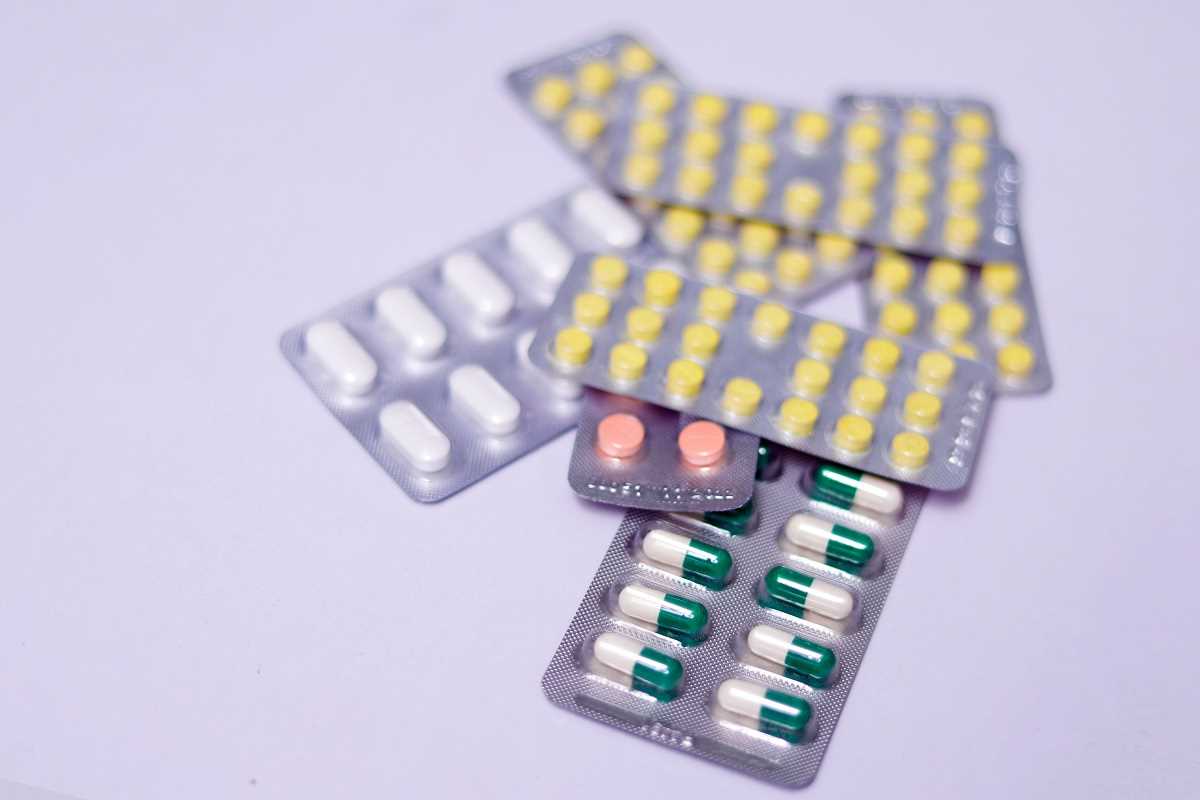If you or a loved one manages a heart condition, you know that staying on top of your medication is a crucial part of a practical health plan. For many adults navigating their 40s and 50s, blood thinners are a familiar and vital part of that routine. These medications are essential for preventing dangerous blood clots, but brand-name options can be a significant financial strain. That’s why recent news from the FDA is such a game-changer.
In a move that brings welcome relief to millions, the FDA has approved the first generic version of a widely used blood thinner. This development is fantastic news for improving both the affordability and accessibility of a life-saving medication. Discover what this approval means for you, how this new option compares to its brand-name predecessor, and how it fits into the modern landscape of heart health.
A Major Step Forward: Generic Xarelto (Rivaroxaban) Arrives
On March 4, 2025, the U.S. Food and Drug Administration (FDA) gave the green light to the first generic version of Xarelto, known by its chemical name, rivaroxaban. This is a big deal. Xarelto has been a go-to medication for doctors and patients for years, but its cost has been a barrier for many. The approval of a generic equivalent promises to make this effective treatment more accessible.
Specifically, the approval is for the 2.5 mg tablet of rivaroxaban. This dose is prescribed for two main groups of people:
- Adults with Coronary Artery Disease (CAD): To reduce the risk of major cardiovascular events like heart attacks and strokes.
- Adults with Peripheral Artery Disease (PAD): To lower the risk of major blood clot-related events, especially for those who have had procedures to improve blood flow in their legs.
This approval marks a significant milestone in making modern anticoagulants more affordable. Let's dive into what makes this medication and its new generic form so important.
Understanding the New Wave of Blood Thinners: DOACs
For decades, the primary blood thinner was warfarin (Coumadin). While effective, it requires frequent blood tests to monitor its levels and strict dietary restrictions, particularly concerning vitamin K. It was a reliable tool, but one that demanded a lot of management from patients.
Rivaroxaban belongs to a newer class of medications called direct oral anticoagulants, or DOACs. This group, which also includes drugs like apixaban (Eliquis) and dabigatran (Pradaxa), has revolutionized how we prevent blood clots.
How DOACs Work
Unlike warfarin, which works by blocking vitamin K’s role in clotting, DOACs target specific proteins in the blood that are directly involved in forming clots. This targeted action offers several practical advantages:
- No Frequent Monitoring: You don't need regular blood tests to check if the dose is right.
- Fewer Dietary Restrictions: You can eat leafy greens without worrying about it affecting your medication.
- Predictable Dosing: The effect is more consistent, making the dosage straightforward.
These benefits offer a level of convenience and freedom that simply wasn't possible with older medications, making them a preferred choice for many people managing long-term heart conditions.
Generic vs. Brand-Name: What’s the Difference?
When a generic medication is approved, one of the first questions people ask is, "Is it really as good as the brand name?" The answer, thanks to the FDA's strict standards, is a resounding yes.
The Same Active Ingredient
A generic medication must contain the exact same active ingredient as its brand-name counterpart. In this case, both Xarelto and its generic version contain rivaroxaban. This means they work in the same way in your body to produce the same therapeutic effect.
The Same Safety and Effectiveness
To gain FDA approval, the generic manufacturer must prove that its product is "bioequivalent" to the brand-name drug. This means it is absorbed into the bloodstream at the same rate and to the same extent. You can trust that the generic version provides the same level of protection.
The Only Real Difference: Appearance and Cost
The main differences you might notice are in the pill's size, shape, or color. Generic drugs are not required to look the same as the brand-name versions. The most significant difference, however, is the price. Generics are typically much less expensive, making long-term treatment more sustainable.
Why This Approval Matters for Your Health and Wallet
The introduction of a generic version of rivaroxaban is more than just a new product on the pharmacy shelf; it represents a meaningful shift in patient care.
Improved Access to a Vital Medication
High costs can force people to delay filling prescriptions, skip doses, or even go without treatment altogether. For a medication that prevents life-threatening events like heart attacks and strokes, consistent access is non-negotiable. A lower-cost generic option empowers more people to stick to their prescribed treatment plan without making difficult financial choices.
Lowering Healthcare Costs
Anticoagulants are among the most commonly prescribed medications in the United States. The availability of a generic version of a popular DOAC can lead to significant cost savings not just for individuals, but for the entire healthcare system. When one generic enters the market, it can reduce the cost by around 30%. As more competitors arrive, that savings can increase dramatically.
More Options for You and Your Doctor
This approval gives you and your healthcare provider more flexibility. It allows for conversations about cost to be a part of the decision-making process, ensuring you can choose a treatment that is both clinically effective and financially manageable.
What to Expect Next
While the FDA has approved the 2.5 mg generic rivaroxaban, it may take some time before it becomes widely available in pharmacies. The exact timing and initial cost have not yet been announced. It is also important to note that other dosage strengths of Xarelto are not yet available in generic form.
If you are currently taking brand-name Xarelto, this is a perfect topic to bring up at your next doctor's appointment.
Questions to Ask Your Doctor
- "Is the new generic version of rivaroxaban appropriate for my condition?"
- "When do you expect it to be available at our local pharmacy?"
- "Will my insurance plan cover the generic version differently than the brand name?"
Your doctor and pharmacist are your best resources for navigating this transition. They can provide personalized advice based on your health needs and insurance coverage.
Disclaimer: The content provided on SuperHealthyTips is for informational and educational purposes only. This information is not intended to be a substitute for professional medical advice, diagnosis, or treatment.
 (Image via
(Image via.jpg)





